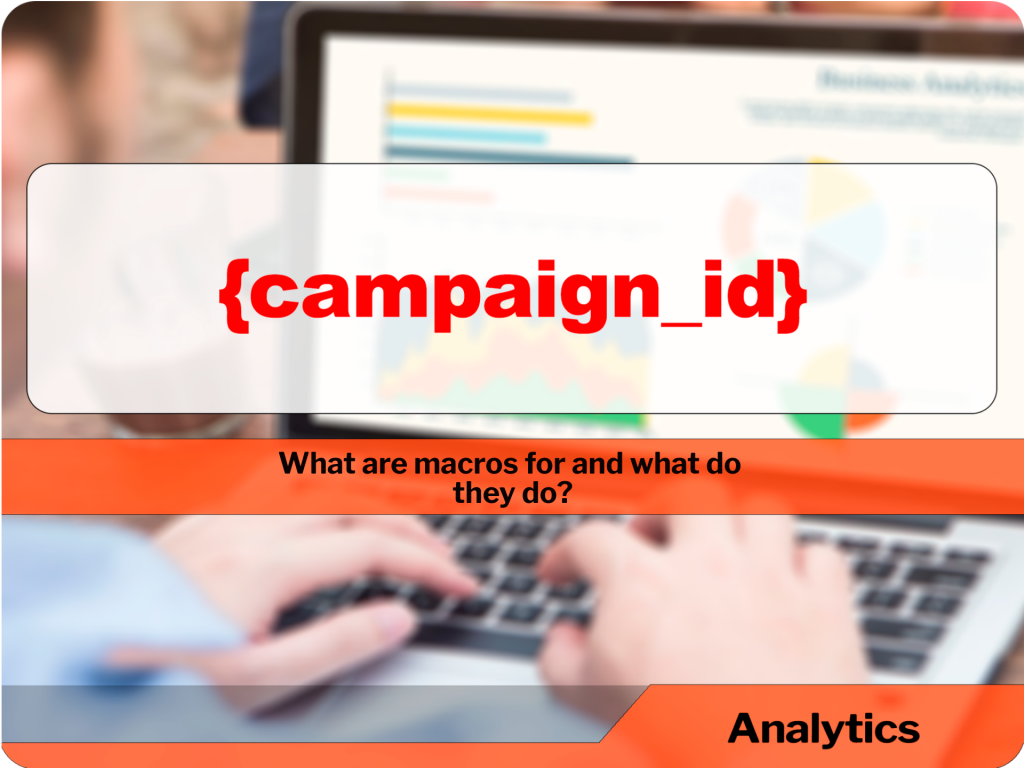What are macros for and what do they do?

Macros are a component you can add to a link/tracking URL. It is used as a key that represents a command or an action. Using macros enables you to collect more data in your tracker about the clicks your campaign generates, based on your targets.
Accurate and targeted data is the basis for effective optimization, while macros provide you with more detailed information about your campaign traffic.
Using these simple keywords will allow you to collect data and then target your campaign to specific traffic that was more relevant or useful to you.
Often you don’t know the actual value so you want to assign it to a parameter. Things like transaction IDs change with each click, and partner IDs change based on each partner using your tracking links. In these cases, you use macros instead of specific values.
Macros are a special value that will later be replaced by another piece of information. In TUNE, the macros are always enclosed in curly braces ( {} ) and will be replaced with a value from the database.
For example, you can use macros to populate the transaction id and partner id values for this hypothetical offer URL at the start of session tracking:
Here are a couple of examples of the most common macros:
{teaser_id}: Creative ID
{widget_id}: ID of the site from which the user came
{campaign_id}: Campaign ID
{category_id}: ID of the creative category
{user_id}: User ID
{geo}: Geo (countries) of impressions selected in the campaign settings
{geo_region}: Geo (cities/regions) of impressions selected in the campaign settings
{click_id}: Click ID
{click_price}: Price per click
In digital works, macros can be used to easily reuse and implement a circuit in another circuit. This functionality makes it a lot easier to design larger circuits, without getting lost in a big collection of gates. Macros have an unlimited amount of inputs and outputs, which can be connected in a logical diagram.
You should use the appropriate option to track clicks or navigate users to a destination URL. Using the wrong option could mean that click tracking isn’t being recorded or users aren’t reaching the target URL. If both click tracking and click-through URLs are required, you’ll need to further ensure that the macros are properly ordered or “linked” together using the correct options.
In conclusion, we can draw some benefits of using macros, such as which platform users came from, and analyze which creative is better. You can also track the user’s path and effectively optimize advertising to adjust the marketing strategy and advertising budget.





